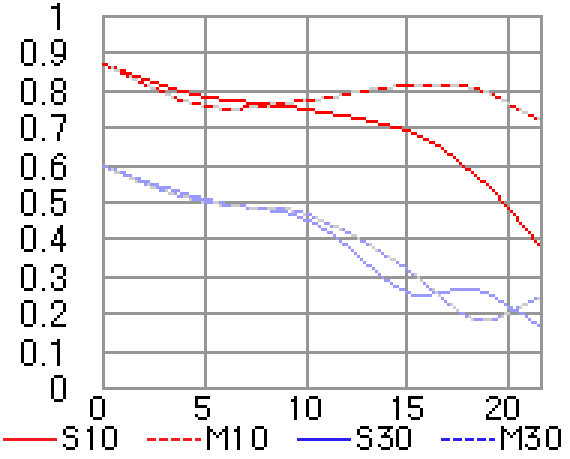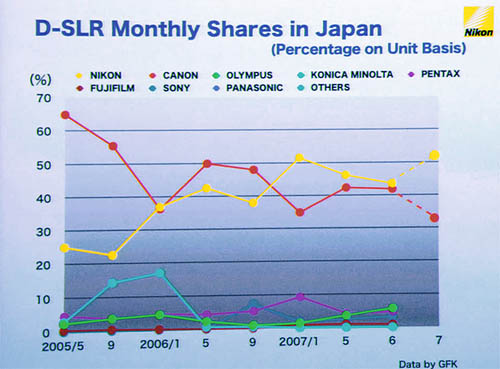A new technique for beginners...
Beginners tend to face problems why getting the right exposure. The shot has the perfect composition, perspective and everything, but unfortunately it's not perfectly exposed. Instead of getting frustrated with your camera and cursing, why not learn this technique called The Exposure Triangle? The concept is simple, tweak any one of them to compensate for the other. But first, let's go through what's in the exposure triangle...The three components in the exposure triangle is:
- ISO
- shutter speed
- aperture
 |
| Exposure Triangle |
The ISO is the sensitivity of the sensor. The higher the ISO, the more sensitive the sensor will be. But, there are drawbacks from this. Noise, a term of the presence for colour pixels where there should be none, will start appearing. Now, DSLRs these days offer the NR feature(Noise Reduction) but do note that this will degrade your picture quality.
Moving on to the shutter speed. Like our eye, we have to blink. Quite similarly, the camera has to do the same to take a shot. Shutter speed means the shutter of which it opens and closes. The shutter speed itself is a very crucial tool depending on what your subject is. If you're after motion, you'll be needing a slower shutter speed like 1/2 second all the way to 10 seconds. If it's sports, then obviously you'll be needing a (very)fast shutter speed like 1/500 second to catch the action.
Lastly, aperture. Aperture is a term for the size of the lens' hole. The bigger the aperture, the more light enters. Other than the increase of light entering, you'll also get a shallower depth of field or more commonly used as DOF. I love bokeh shots(the isolation of the subject from the background as an effect from the depth of field) as it gives an interesting look to your shot. Getting faster lenses is perhaps the most effective way to compensate. However, do note that primes can come in quite costly especially at the far telephoto end.
From Digital Photography School
Digital Photography School gave a really good example of this technique:
The Window
Imagine your camera is like a window with shutters that open and close.
Aperture is the size of the window. If it’s bigger more light gets through and the room is brighter.
Shutter Speed is the amount of time that the shutters of the window are open. The longer you leave them open the more that comes in.
Now imagine that you’re inside the room and are wearing sunglasses (hopefully this isn’t too much of a stretch). Your eyes become desensitized to the light that comes in (it’s like a low ISO).
There are a number of ways of increasing the amount of light in the room (or at least how much it seems that there is. You could increase the time that the shutters are open (decrease shutter speed), you could increase the size of the window (increase aperture) or you could take off your sunglasses (make the ISO larger).
Ok – it’s not the perfect illustration – but you get the idea.
How does it work?
The concept is simple. Tweak either one of the settings to compensate for the other. Let's say, you are shooting at an ISO of 100, aperture of f/3.5 and a shutter speed of 1/60 second. You need the said shutter speed and your lens' fastest speed is f/3.5 but yet your shot is underexposed. Boost the ISO! That being said, you should know your limitations. ISO performance is usually good until ISO 1,600. Any higher, noise starts popping up.
Conclusion
Investing in an external flash and a fast prime will help you get the perfect exposure without risking the ISO performance or the shutter speed. Right now, the Nikon 50mm 1.8D and 35mm 1.8G is a steal. As for Canon, the 50mm 1.8 EF is very cheaply priced and it's a must for those starting out. Zooms offer versatility but there's a huge price to pay.







